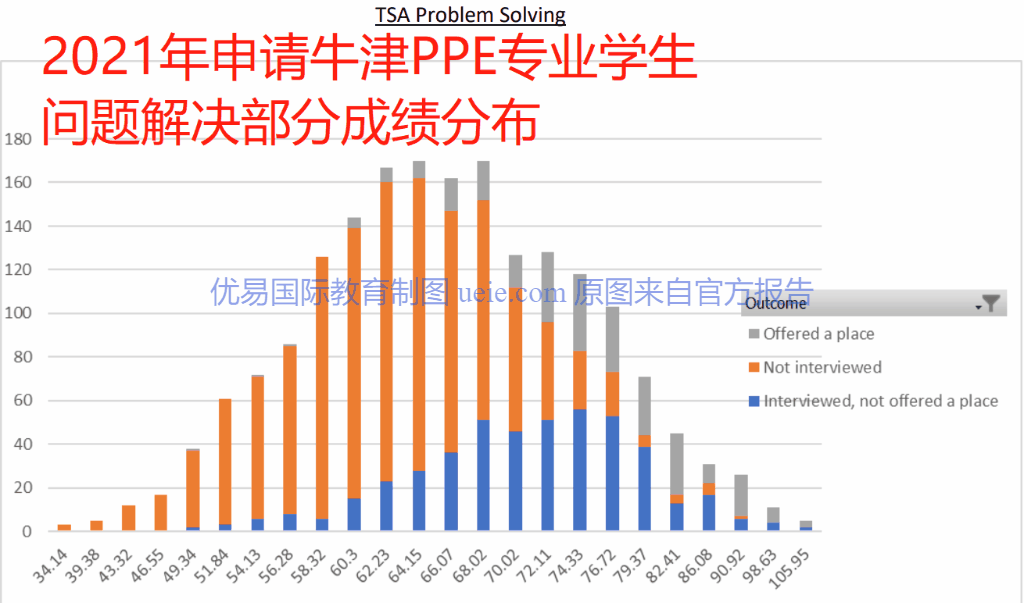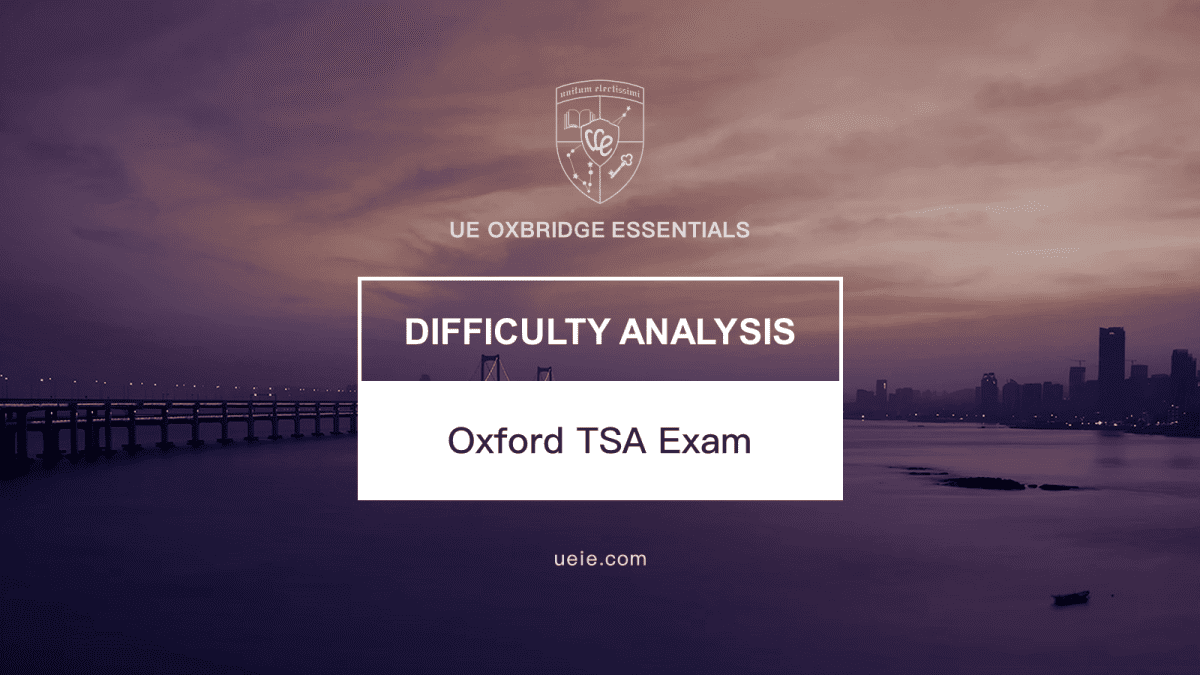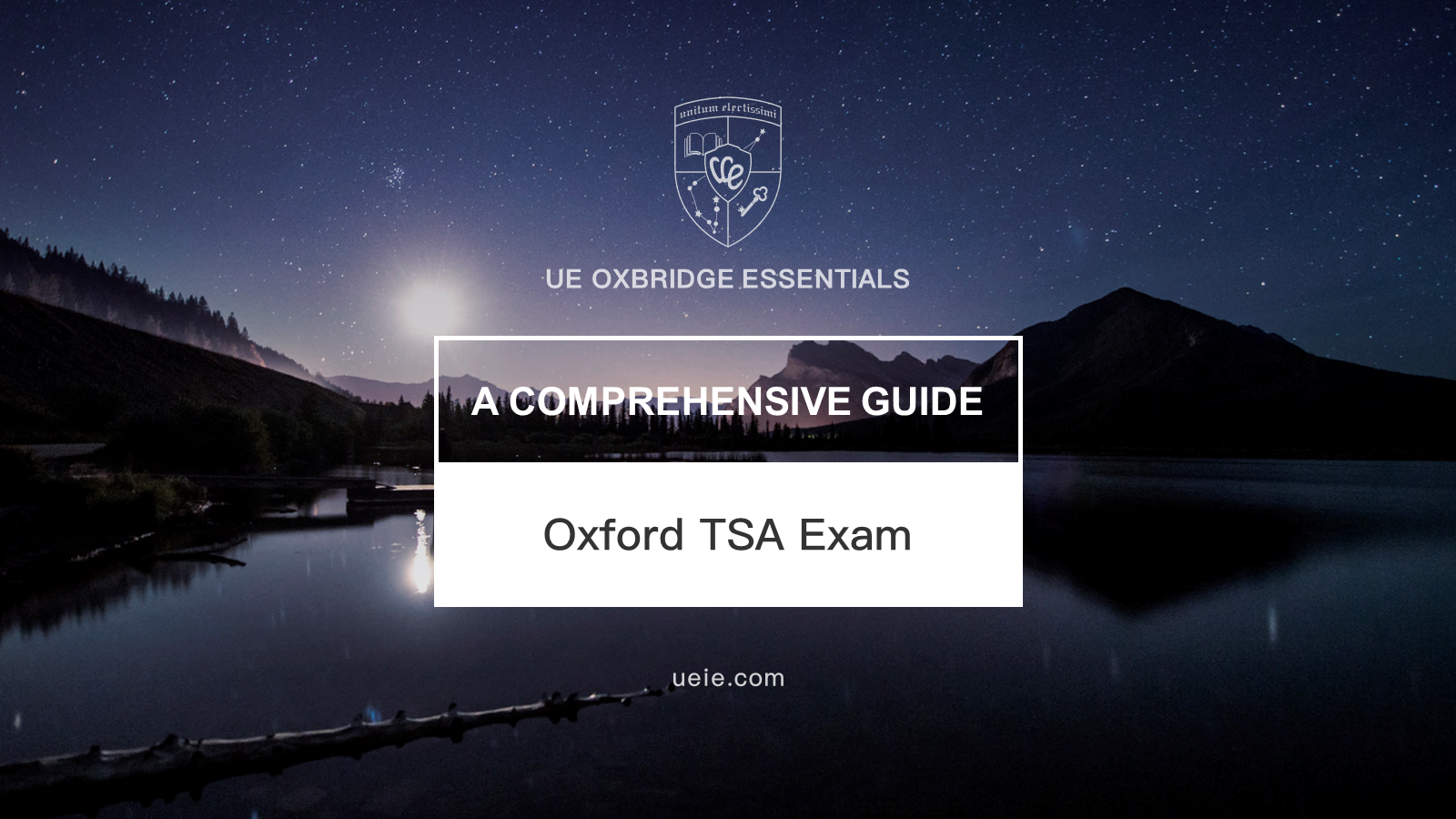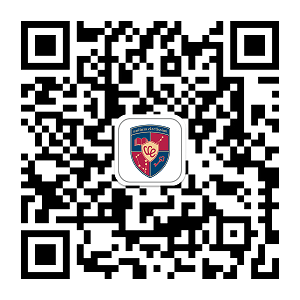TSA (Thinking Skills Assessment) is an admission test at the University of Oxford and University College London (UCL) that aims to test whether candidates are able to study humanities-related courses such as economics, psychology, philosophy and linguistics.
I. Latest changes in 2024 Oxford TSA test
1. Changes in the test organiser
In 2024, Oxford University will deliver its admission tests through Pearson VUE, a global leader in online testing. Previously, Oxford terminated its cooperation with Cambridge Assessment Admissions Testing (CAAT) in 2023 and with Tata Consultancy Services (TCS) in 2024.
II. Key dates for 2024 Oxford TSA test
August 15
Registration for Oxford TSA test begins
October 4
Registration deadline for Oxford TSA test
October 24
Test date for the TSA
Late November
Interview invitations sent [1]
January of the following year
Results released [2]
[1]Oxford University notifies candidates who meet the requirements for an interview by email, also known as the “interview invitation.”
[2]The specific time is subject to announcement on the official website.
III. Who has to sit the Oxford TSA test?
Students applying for the following courses at Oxford are required to sit the TSA Section 1:
Courses
UCAS Code
Economics and Management
LN12
Experimental Psychology
C830
Human Sciences
BCL0
History and Economics
LV11
Philosophy and Linguistics
VQ51
Psychology and Linguistics
CQ81
Psychology and Philosophy
CV85
Students applying for the following courses at Oxford are required to sit both the TSA Section 1 and Section 2:
Courses
UCAS Code
Philosophy, Politics and Economics (PPE)
L0V0
Note:
- Since 2020, the Oxford Chemistry course (Chemistry, F100) no longer requires TSA S1 test.
- Since 2022, the Cambridge Land Economy course (Land Economy, KL41) no longer requires TSA S1 test.
- Since 2024, the Oxford Geography (L700) course no longer requires TSA test.
IV. How to register the Oxford TSA test?
Due to the change in test organiser, the details of Oxford TSA test 2024 have yet to be released. Please refer to the Oxford official page for the latest information.
V. Test format
Delivery method
Online computer-based test
Duration
2 hours:
S1: 90 minutes
S2: 30 minutes
Question type
S1 has 50 multiple-choice questions:
- 25 questions in Critical Thinking
- 25 questions in Problem Solving
- The above two types of questions appear interchangeably, in no fixed order
- The difficulty generally increases from easy to difficult in the order of the questions
S2 is the critical writing part:
- Students are given 4 questions and need to choose one to answer
Scoring method
- No marks are deducted for incorrect answers. The results will be converted to a value between 0 and 100 (with one decimal place) after being calculated by the Rasch model. (Note: Conversion may result in grades in excess of 100.)
- S2 is marked by Oxford colleges.
Calculators
Not allowed
Dictionaries
Not allowed
VI. Contents assessed in TSA test
The Oxford TSA test essentially assesses two types of abilities:
- Problem Solving: Involves reasoning with numbers and spatial skills.
- Critical Thinking: Entails reasoning using everyday written language.
1. Problem solving section
The problem-solving section of the TSA might seem like math competitions from elementary school, but it’s more than just math problems. It’s about using math skills to solve real-world problems. Here’s what it tests:
- Relevance Selection: Students need to extract useful information from a large amount of real-life data and then use the information for analysis and problem-solving.
- Process Finding: Sometimes, even after you find the key information, you have to do some calculations or reasoning to figure out the best way to solve the problem.
- Identifying Similarities: Some questions will present a set of information and ask you to determine whether another set of data has a similar structure
2. Critical thinking section
This section examines the following seven aspects:
- Summarizing Conclusions: Identifying the sentences in the prompt that best represent or are very close to the author’s main point of view.
- Drawing Conclusions: Clarifying the author’s main arguments from the prompt (i.e., where the author has not explicitly stated their view).
- Identifying Assumptions: Based on the context, determining the assumptions not explicitly stated by the author but upon which the related conclusions depend.
- Assessing the Impact of Additional Evidence: For the conclusions argued in the prompt, finding evidence that could significantly strengthen or weaken the conclusions.
- Identifying Logical Fallacies: The prompt might provide a statement with logical fallacies, and the task is to identify these fallacies based on the structure of the argument.
- Matching Arguments: The prompt gives an argument, and you must choose from the options the one whose logic is most similar to it.
- Applying Principles: The prompt presents an argument, and you must select from the options the one that applies similar principles or reasoning.
VII. How many points are needed to get an interview invitation?
There is no guaranteed answer to this question, the higher the score, the more likely it is to get an interview. Also, getting into interviews depends not entirely on TSA grades but also on GCSE (or equivalent level) grades, predicted A Level grades, etc.
Below is the distribution of TSA scores by section for students applying for Oxford PPE course in 2021, which illustrates that the “interview score line” does not exist.

The Orange in the table indicates not receiving interview invitations, blue indicates getting into interviews but not being admitted, and grey indicates being admitted.
The statistics show that scores above 80 in problem-solving and critical thinking could get interview invitations. However, this does not mean that the likelihood of getting an interview invitation or being admitted is very small for scores below 80 — about half of the students who received interviews and were admitted scored below 80. Therefore, using 80 or any specific score as the “interview score line” or even the “admission score line” for the Oxford TSA test is inaccurate.
In addition, the above data is only for the Oxford PPE course. The statistics of the TSA score of other non-popular courses will differ from the above data.
VIII. How difficult is Oxford TSA test?
1. TSA score distribution
The best indicator of the test’s difficulty is the distribution of scores. Below is the overall score distribution for the 2021 TSA test. Three graphs are provided, showing the distributions for the problem-solving section, the critical thinking section, and the combined scores of both sections.

As can be seen in the statistics:
- The overall distribution is very close to a normal distribution, indicating that the overall difficulty level of the exam is set reasonably.
- The critical thinking section shows a left-skewed distribution, suggesting that it does not significantly widen the gap between students in the top 30%.
- Conversely, the problem-solving section is right-skewed, indicating a more significant variation among the top 30% of students in this section.
The distributions confirm the general perception of the difficulty of the TSA – that problem-solving is more challenging than critical thinking.
2. What exactly makes problem-solving section difficult?
Most students taking the Oxford TSA test have a relatively weak foundation in mathematics, and others are not particularly good at logical reasoning or processing data and information. These two main aspects determine that problem-solving on the TSA is significantly more difficult than critical thinking for most candidates.
And to improve the scores in problem-solving section, students need to increase their training and proficiency in maths, logic and information processing.
3. Are there any techniques in critical thinking section?
Yes. The background of the questions in the critical thinking section covers humanities, geography, politics, economics, philosophy, and other aspects related to social life. Therefore, some students take the questions as IELTS readings and feel easy to answer as long as they can understand them. However, some questions involve certain ideologies and political positions, and students with different views can get various answers, so it is challenging to get a high score in the limited examination time.
Based on Professor Xie Tao’s recent teaching practice in critical thinking and student feedback, it’s summarized that learning critical thinking and mastering the related skills can help students better understand Western culture and ways of thinking. Simultaneously, students can gradually develop independent and critical thinking habits, making improving their critical thinking scores a reasonable expectation.
Check the blog below for more in-depth analysis on TSA difficulties and preparation strategies.



